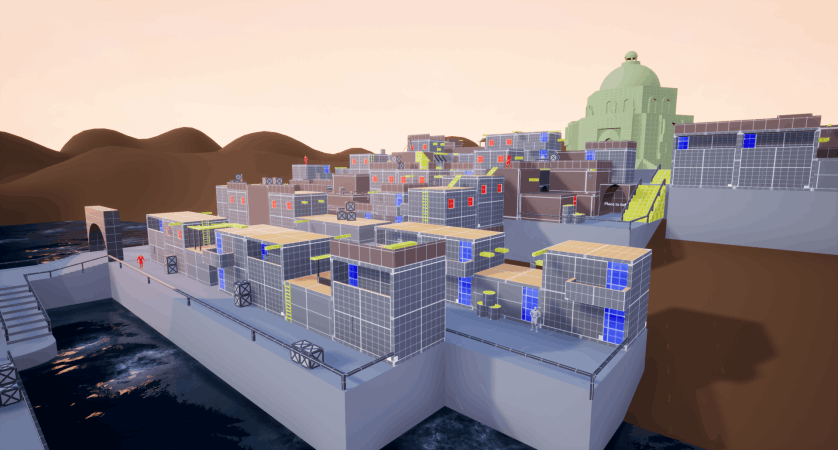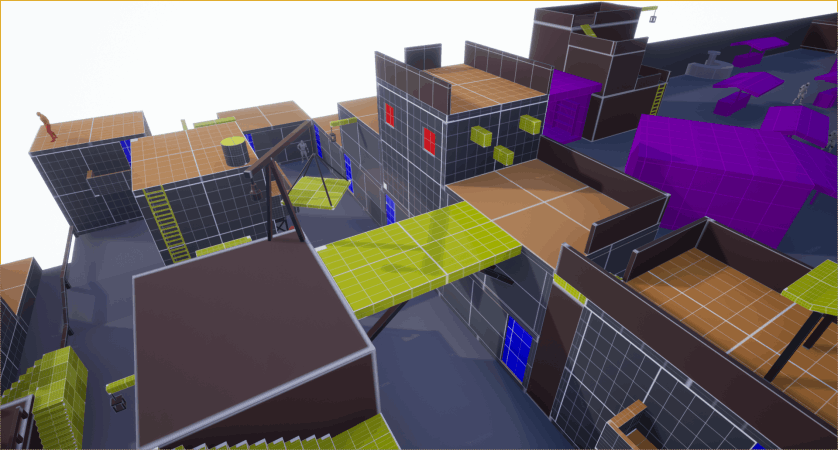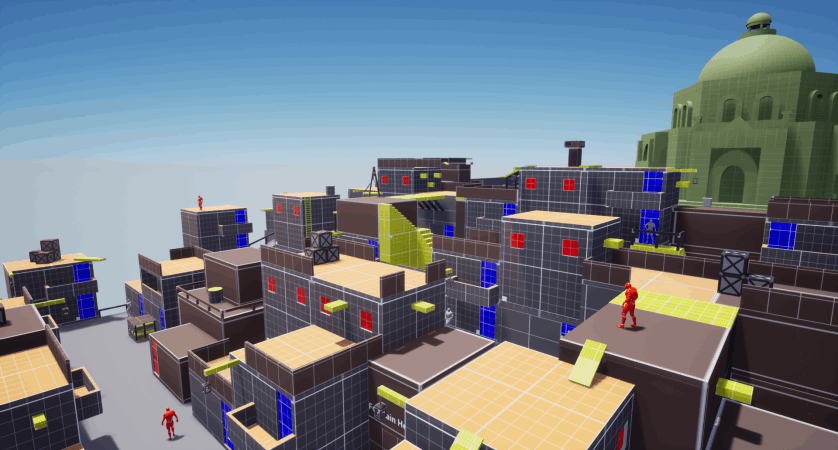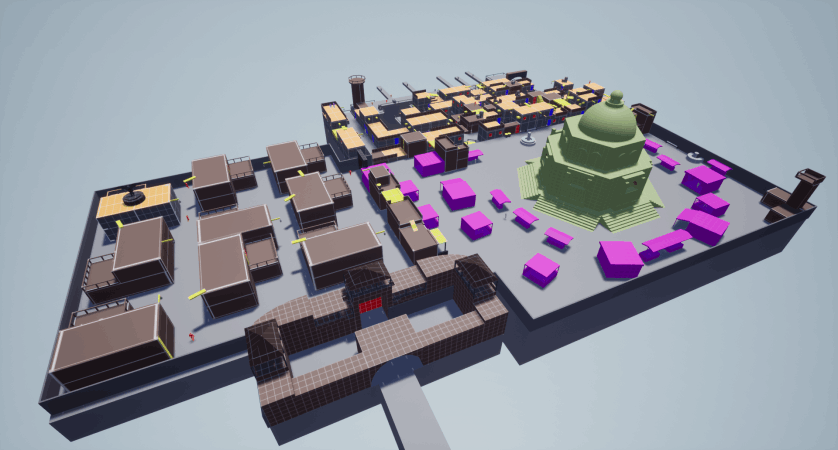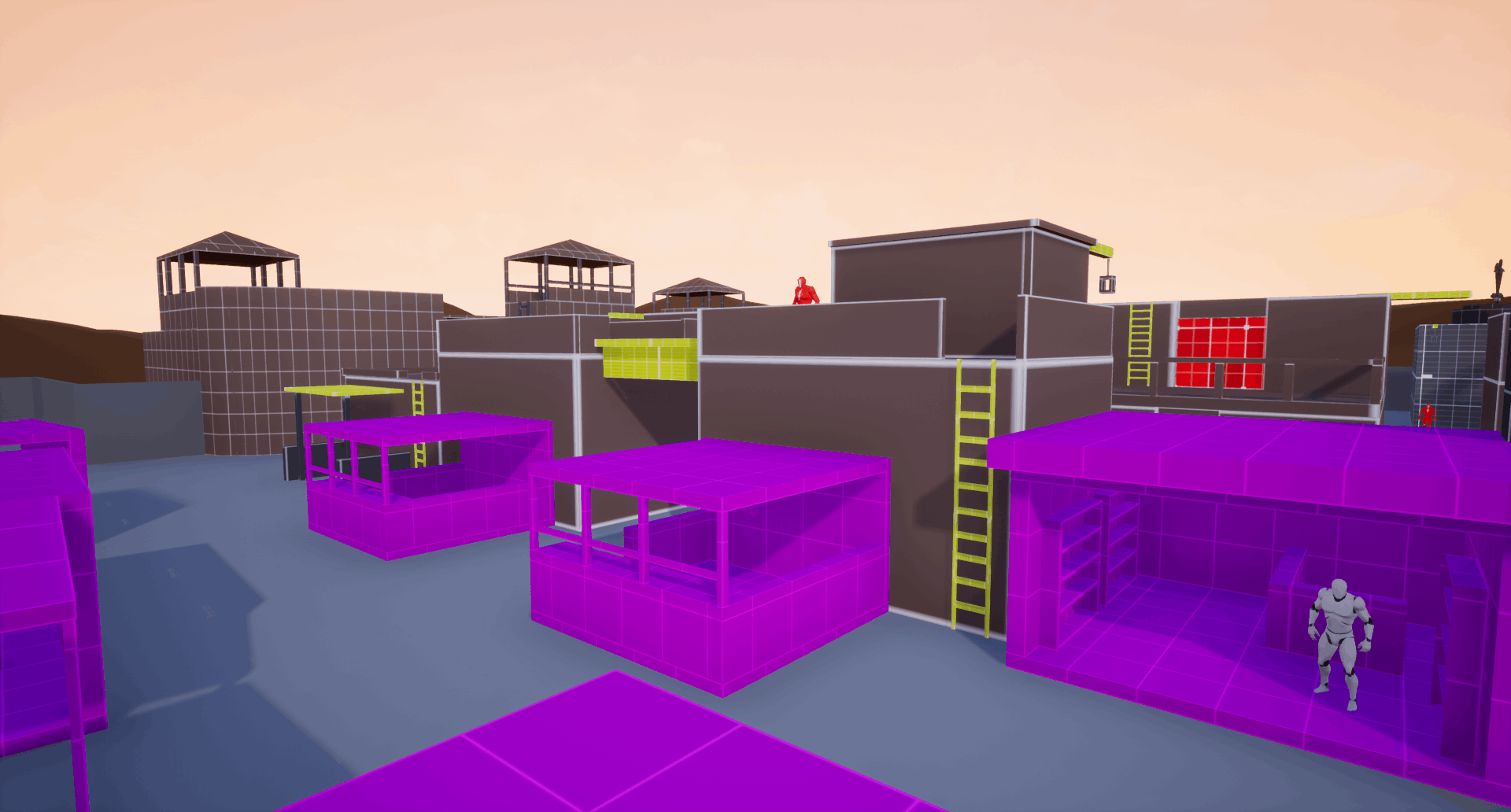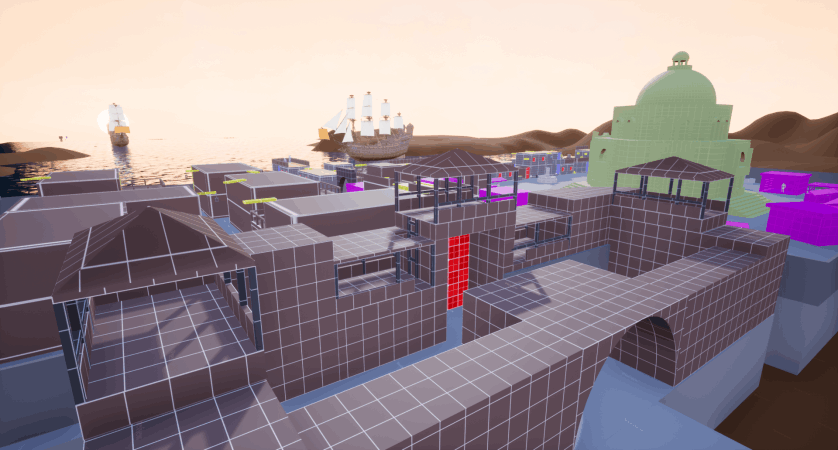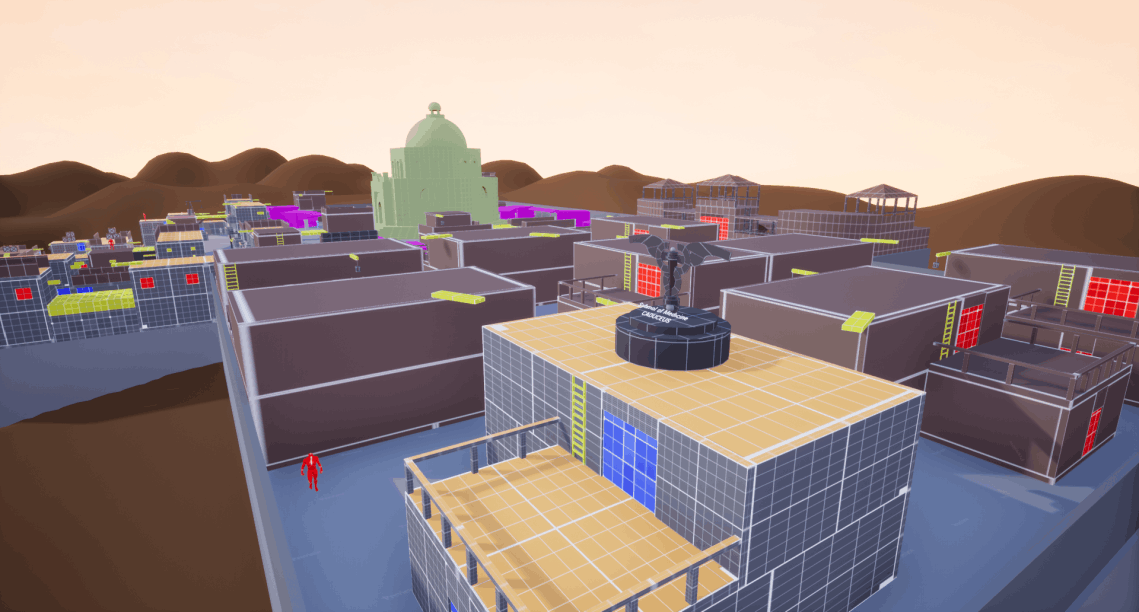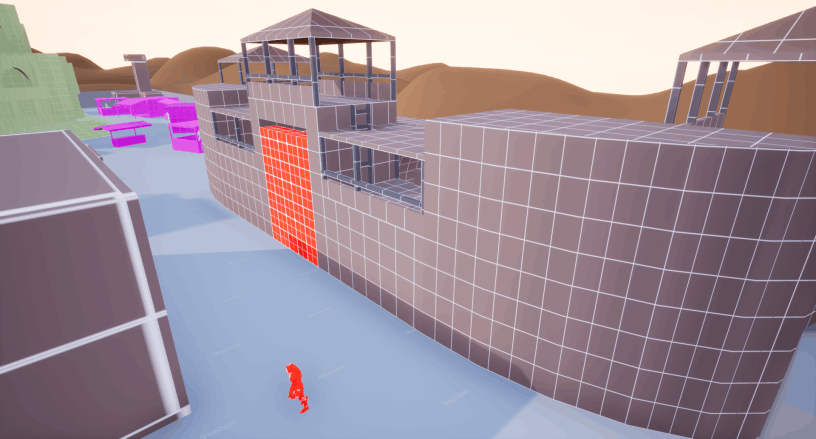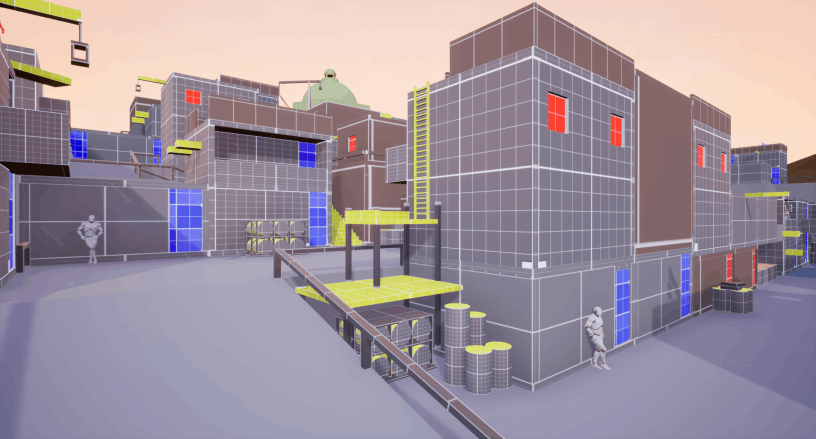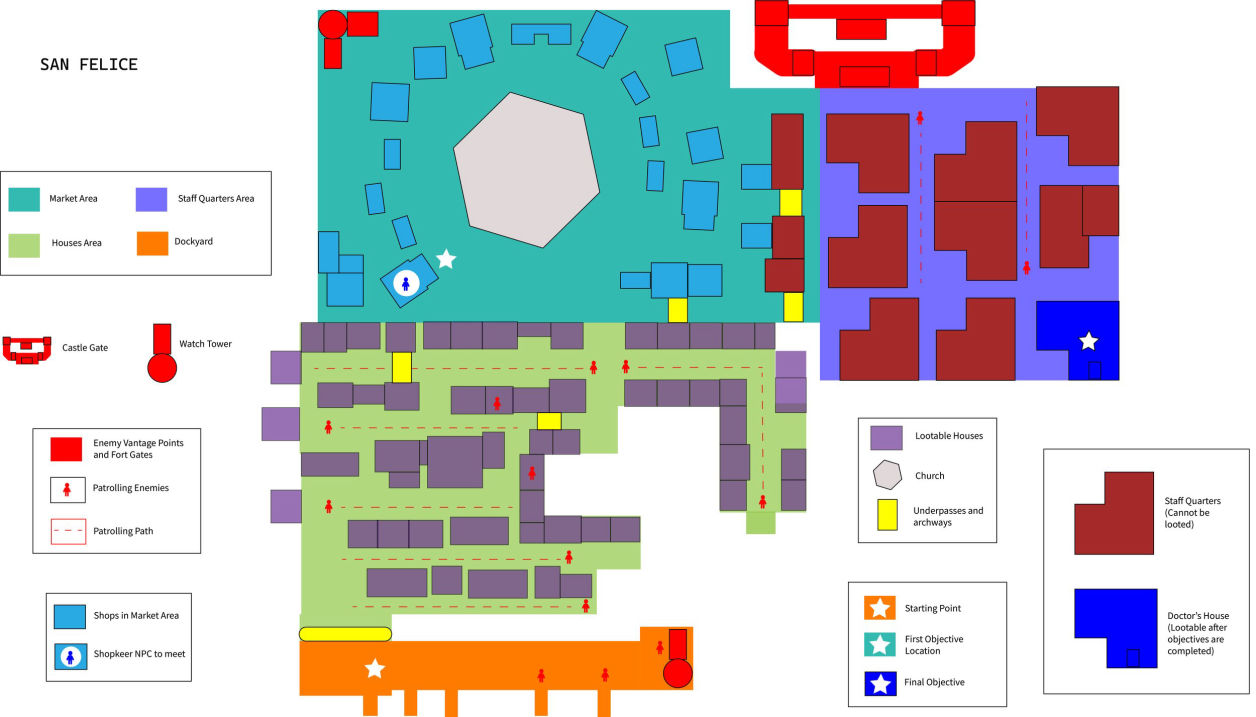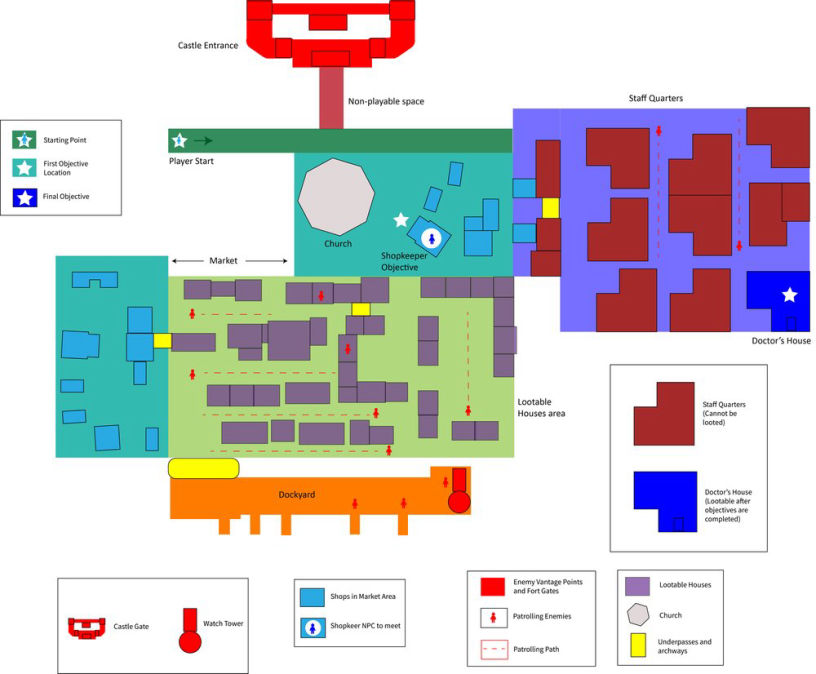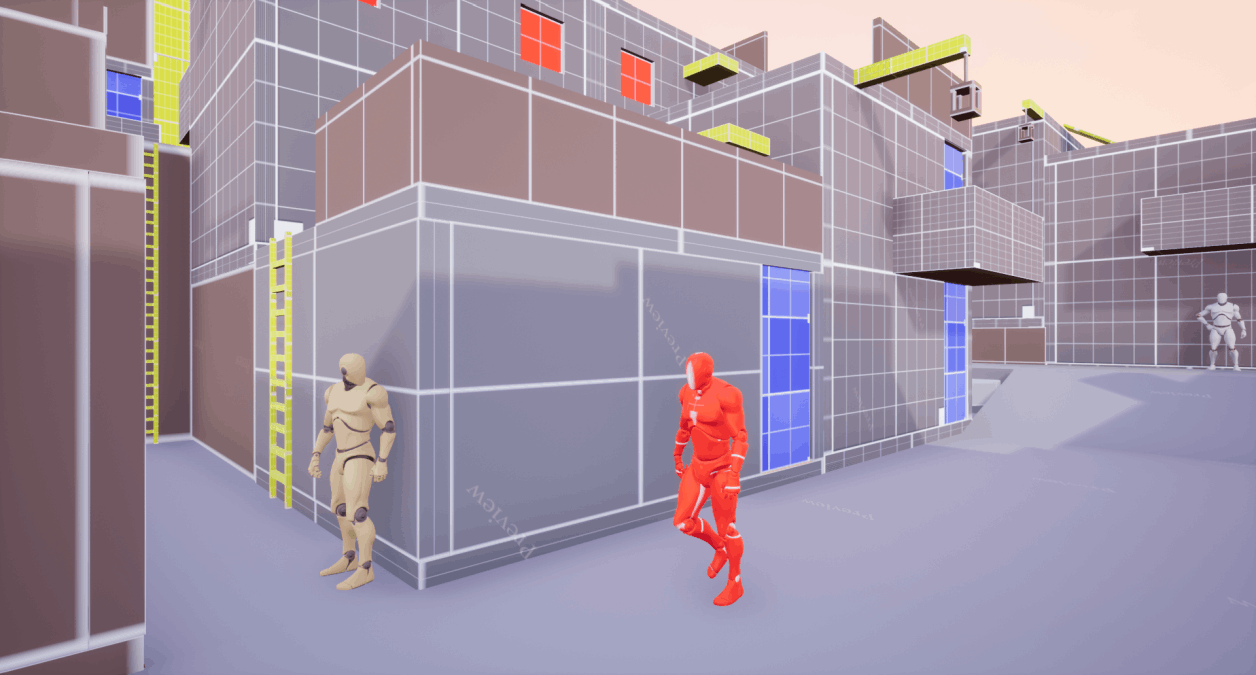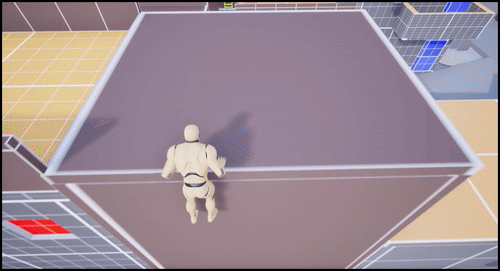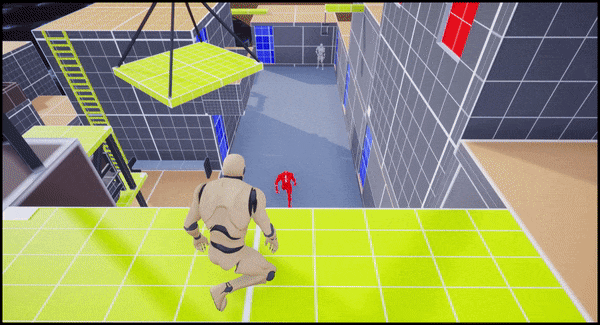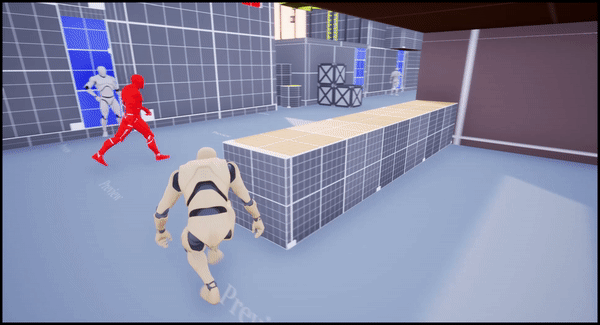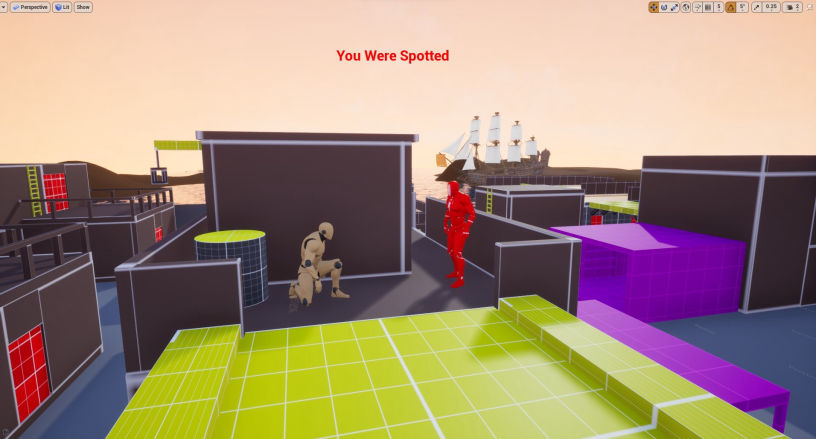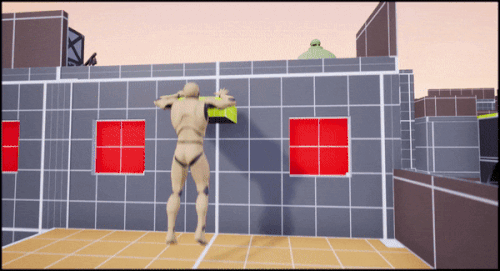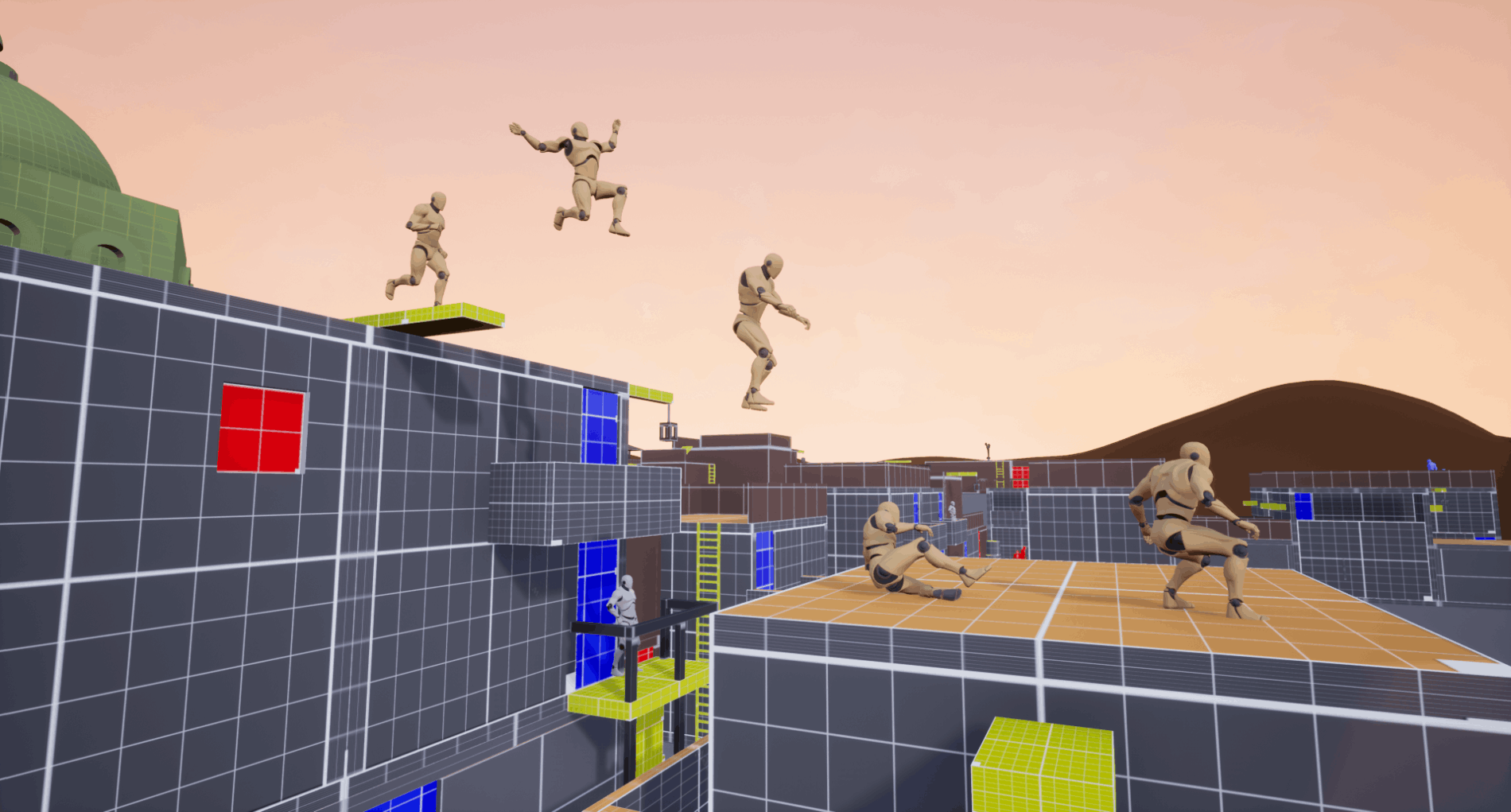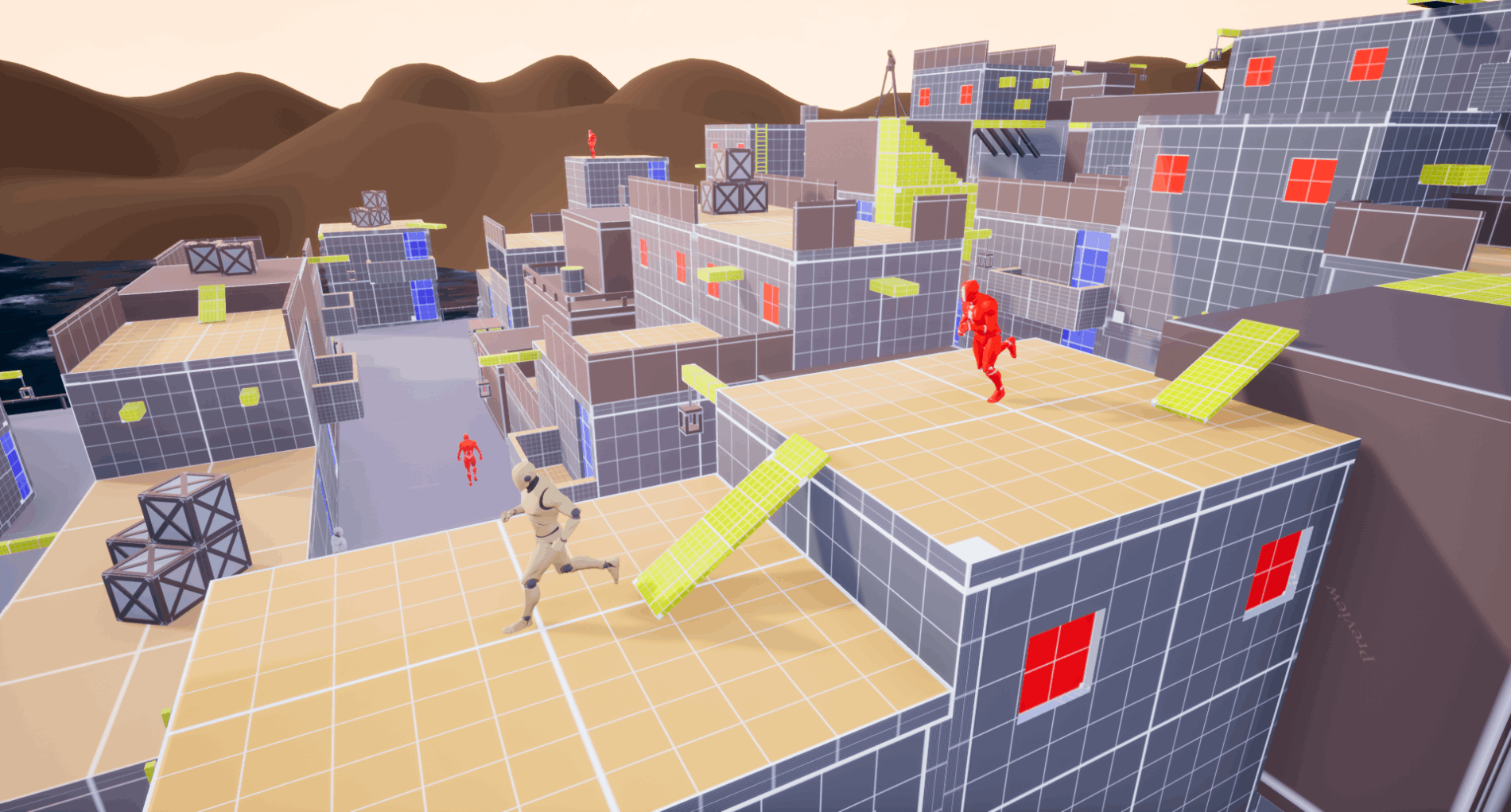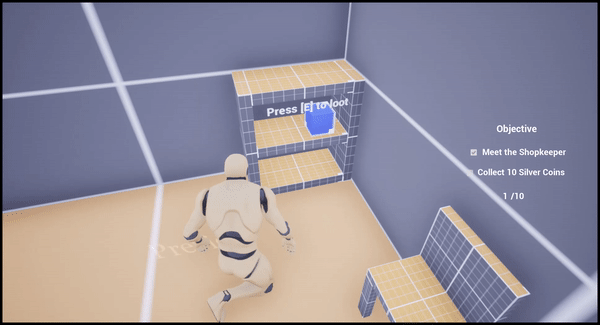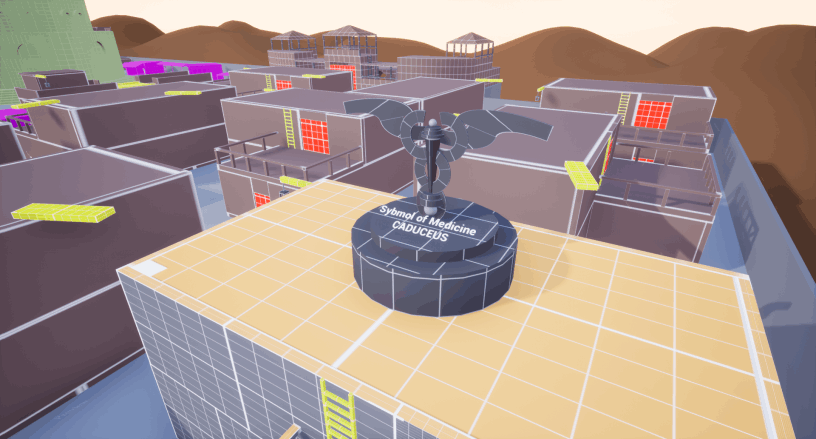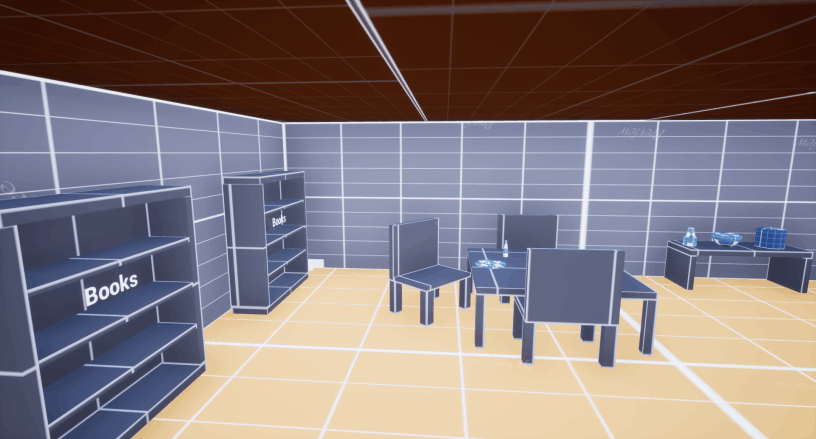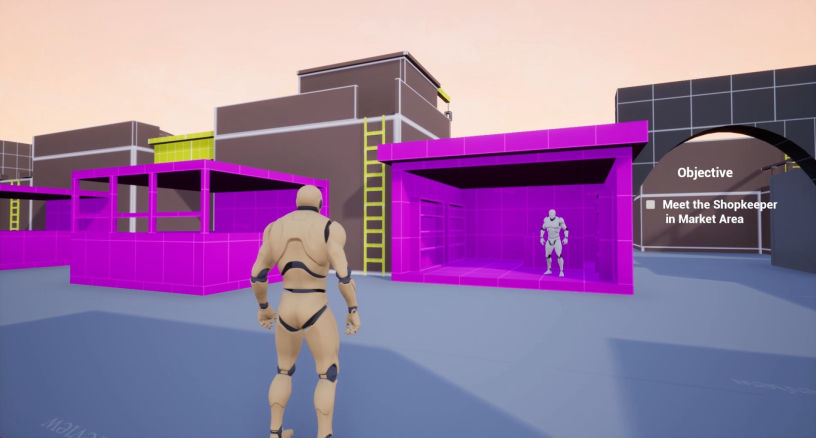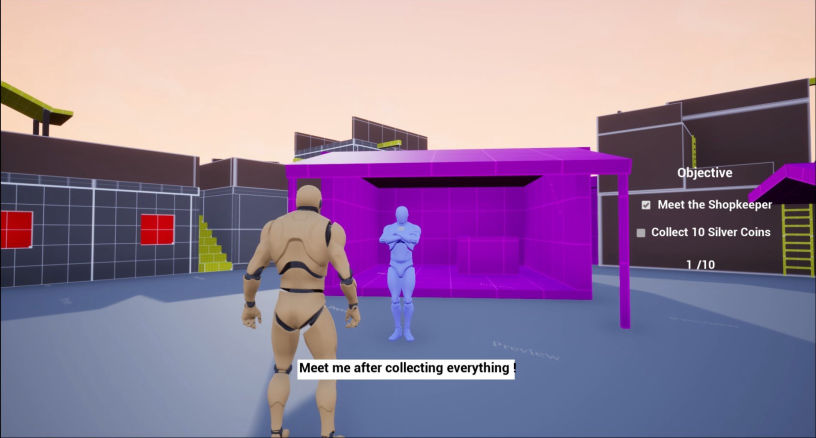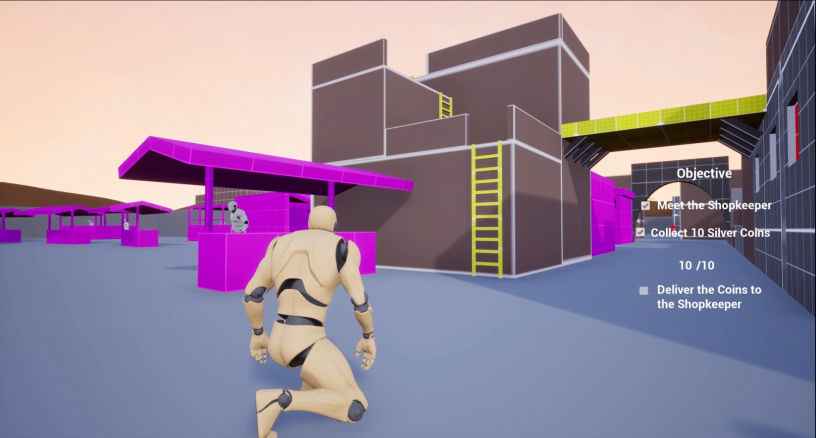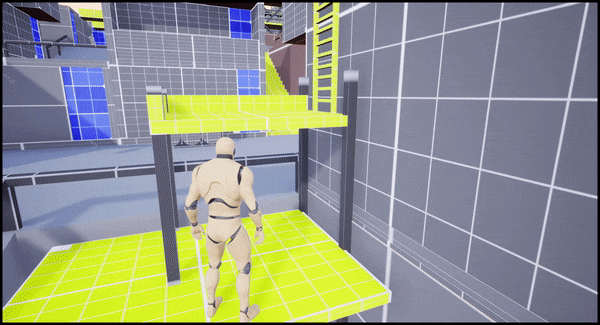Project Overivew
Team Size: One
Genre: 3rd person Open World Action-Adventure.
Setting: This level is set in the 13th-century fictional town of San
Felice (Italy). The level’s setting is largely inspired by several games in the Assassin’s
Creed franchise.
Time frame: The entire project was done in 6 weeks. The first 2 weeks
were dedicated to conceptualizing the idea, researching various towns in Italy, and
developing the level design document. I spent the following 3 weeks only white boxing the
level and the final week for blueprinting as the project required a lot of blueprints for
fully realizing the vision that I had set forth in my LDD.
Software: Unreal Engine 4.27, Maya (for proxy level art)
Design Inspirations: For this level, I've
drawn inspiration from the coastal towns of Italy. In particular, the beautiful town of
Positano and its narrow streets, and the
steep landscape with a picturesque coastline have greatly influenced my design decisions.
They were the perfect match for the gameplay that I wanted to focus on - stealth and
parkour. While the actual town of Positano has a very steep landscape, it did not translate
well when implemented in my white boxed level.
Asset packs used: Advanced Locomotion System V4 (replaced default UE4
player controller with this), SuperGrid Starter pack (tool for white boxing and applying
grid materials), Water Planes, Ships and Rocks for set dressing the non-playable space for
demonstration purposes.



